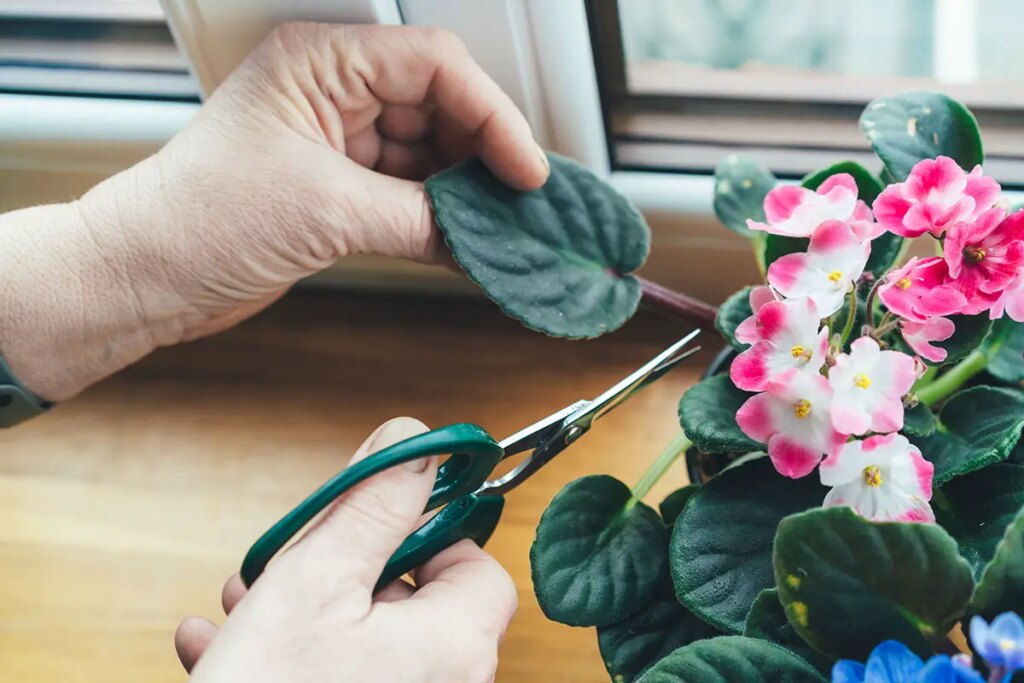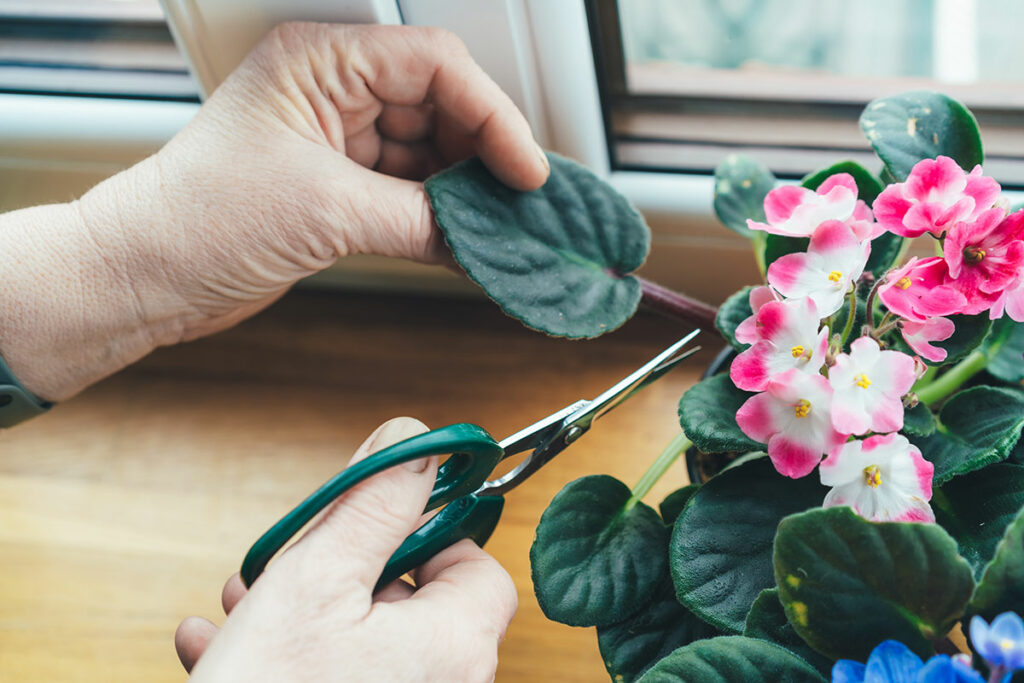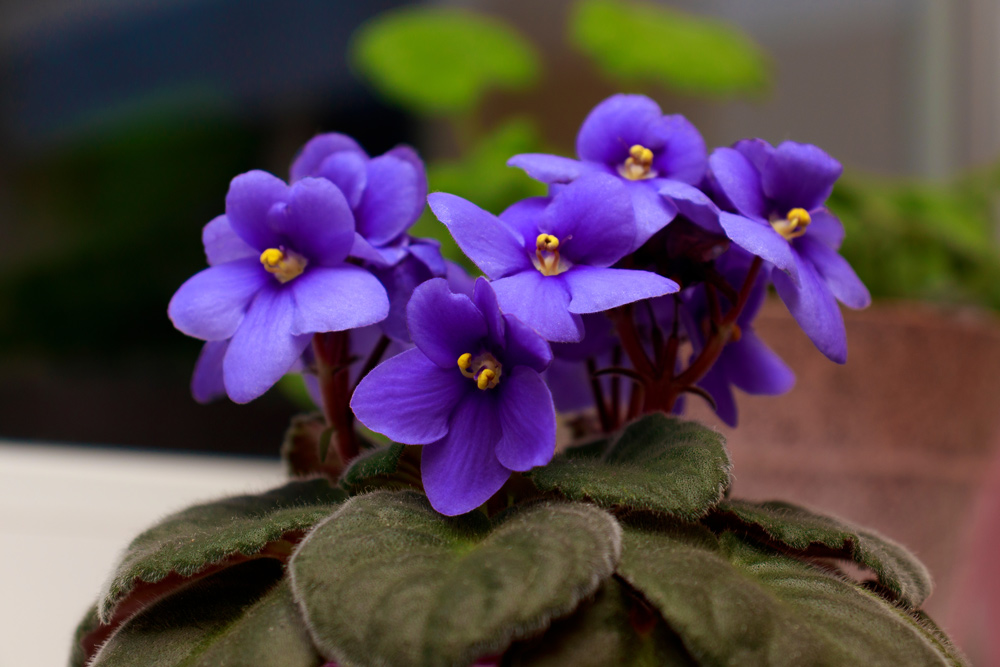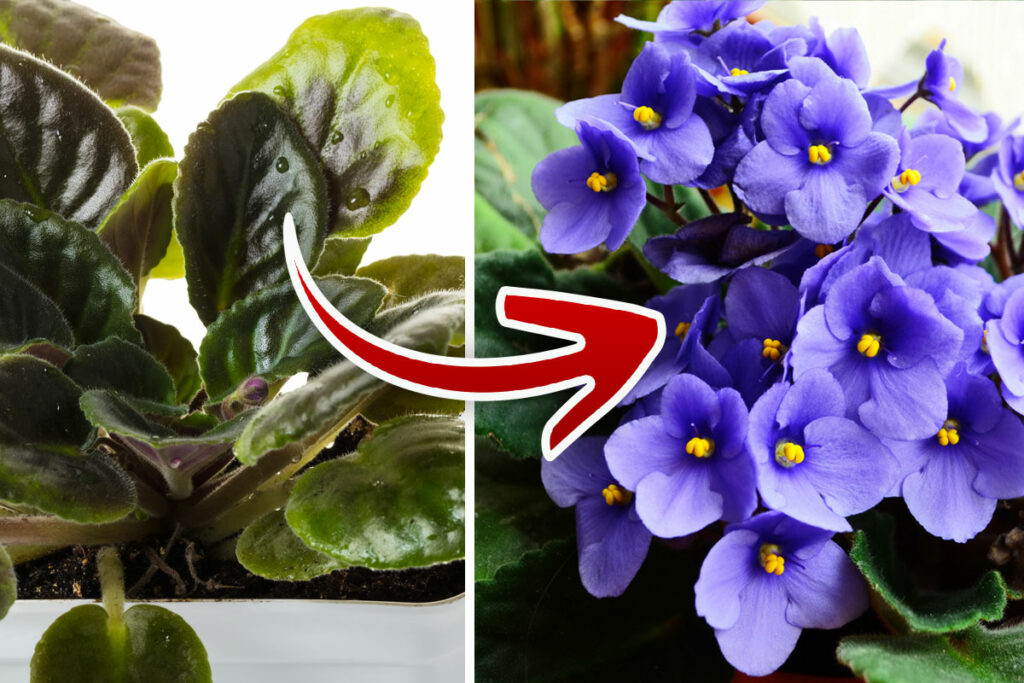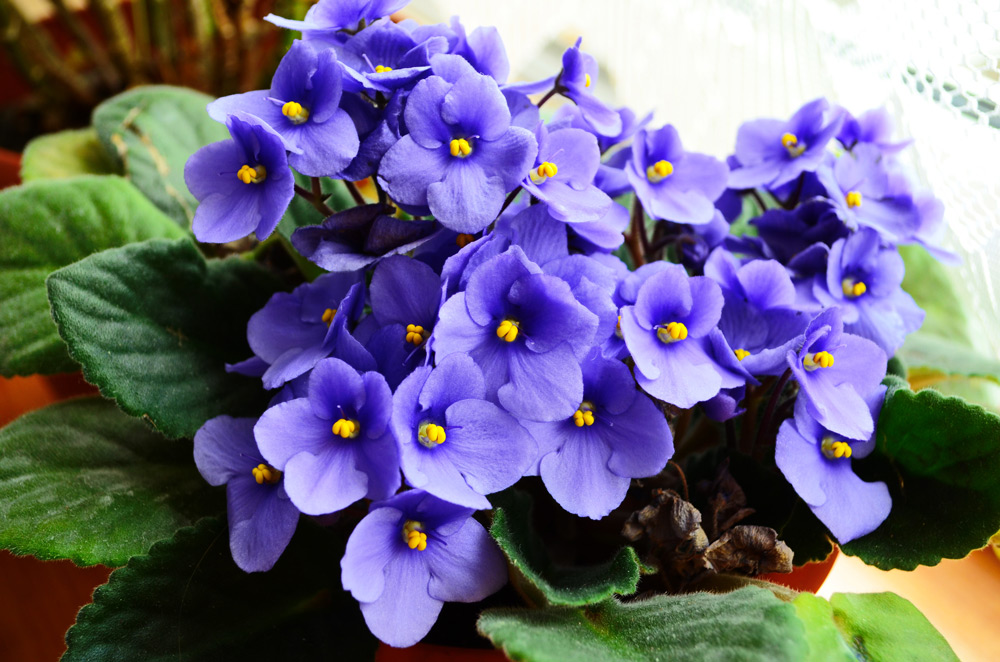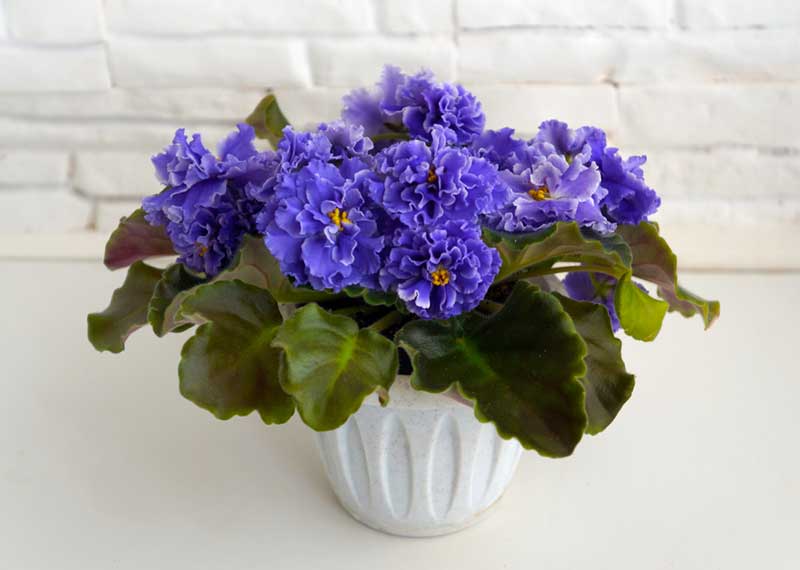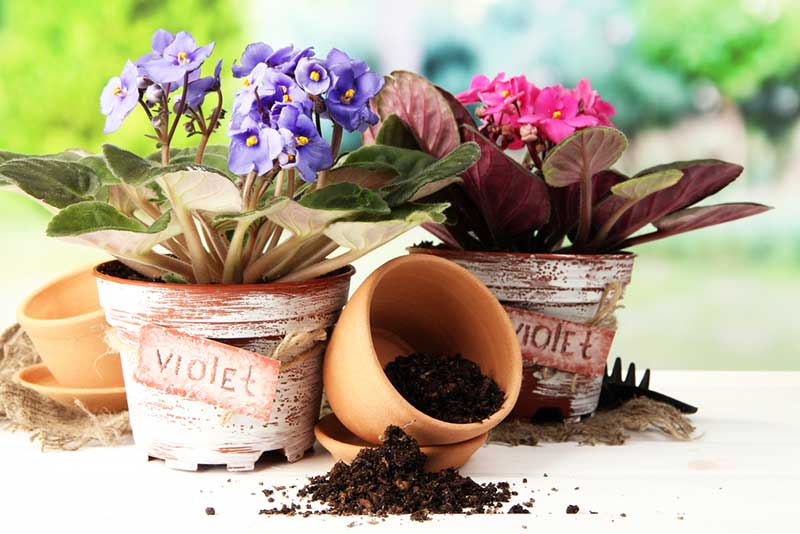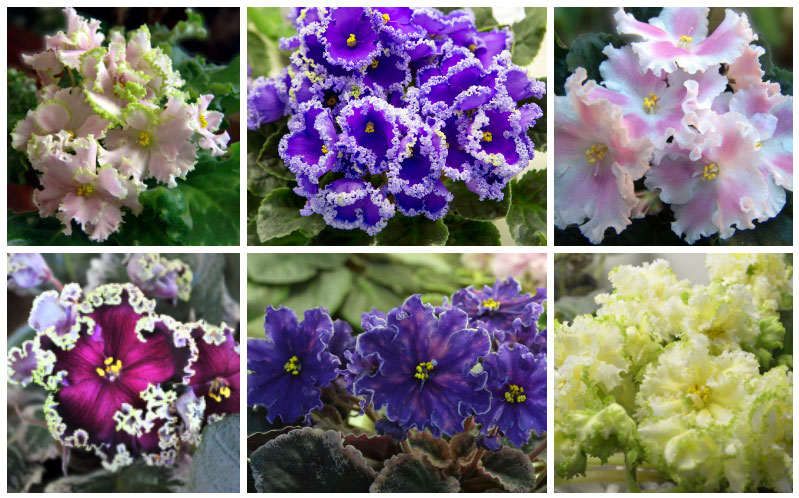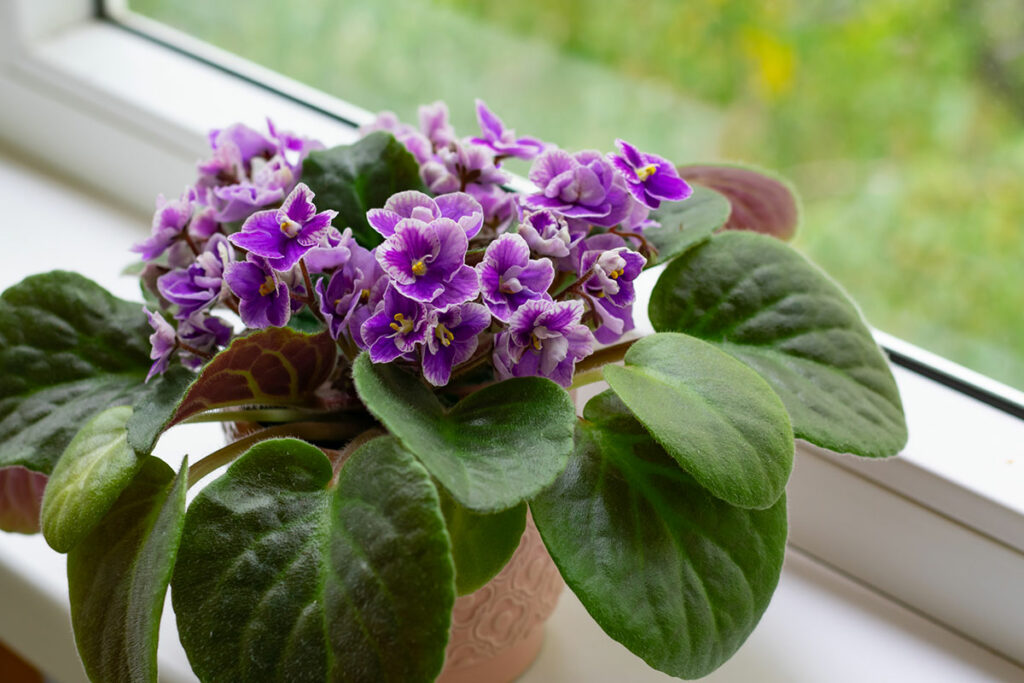
African violets grow easily from cuttings, and it doesn’t grow as easily from seeds.
However, growing them from seeds is possible for those who want a gardening challenge and want to see their African violets through from the very beginning.
Taking care of African violets is generally recommended with lose soil that is highly porous, but that isn’t ideal for starting them with seeds.
The seeds are tiny and can fall down too far if the soil is porous. You may need to pack the soil a bit to be able to keep the seeds sitting on the surface.
To get seeds started, using a seed-starting mix that has peat moss as its base is a good choice.
Add Moisture
Take the germination mix and water it until it is moist but not soggy. It needs to be moist enough that you are able to use your fingers to make clumps of soil. Use shallow, wide containers to germinate the seeds.
There are trays specially made for seed starting that will work well. A tray that comes with a plastic lid can be helpful for keeping the humidity in the tray high and locking in the moisture. It’s also possible to start the seeds in moist paper towels.
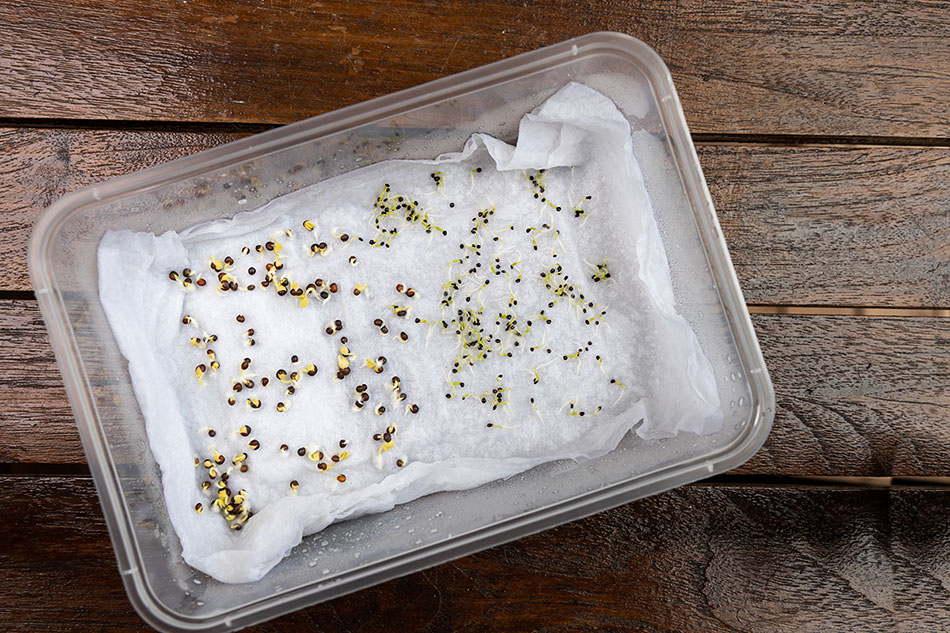
The key ingredient in the germination of African violet seeds is moisture rather than nutrients.
If you start them this way, you can wait until they sprout and then place them into regular potting soil or potting soil especially made for African violets.
Nurturing the Seeds
Place your seeds into a piece of folded paper so that they are single file. Then, move the paper over the container slowly so that the seeds call regularly and slowly. The seeds are so small that there’s no need to try to space them just right.
Make sure that the seeds sit on the surface of the soil and don’t fall through.
Once they’re on top of the soil, you need to make sure they are kept comfortable. If you don’t have a tray with a cover built-in, you will need another way to lock moisture into the soil. You can place clear plastic wrap over the top of the container or put the container into a clear plastic bin with a lid.
There are many options as long as you keep the water in and allow sunlight in at the same time.
When you place your trays or other containers, they shouldn’t be put in direct sunlight. The seeds need indirect light for the best results.
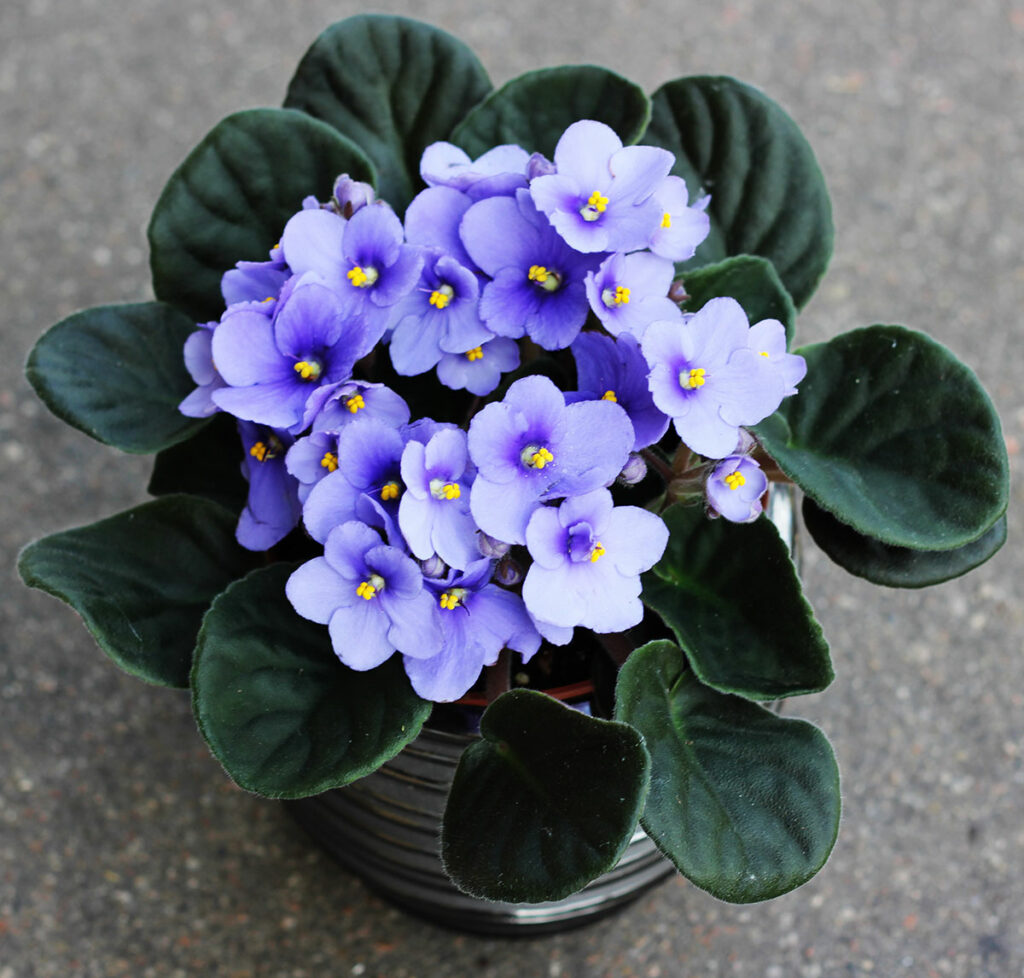
If they are in direct sunlight, the seedlings can get burned. If you are depending on sunlight to grow them, it’s often best to start them in the early summer so that they will have a lot of indirect light available and for a long period of time each day.
Some gardeners use a grow lamp instead of natural light, and this can work well if it’s left on for 12 hours a day.
The temperature should ideally be kept at anywhere from 68 to 80 degrees. Every few days, mist the trays so that the soil is kept moist.
In about two to three weeks, the seeds will start to sprout.
Be patient, though, as it can take a few weeks longer than that in some cases. The roots will start to grow first, and they will look like tiny white flecks that may resemble mold.
Soon, tiny green leaves will appear. When they reach about half an inch tall, you can transplant them into the containers they will grow in.
Make sure the container has plenty of drainage. Keep misting the soil every few days and keep the seedlings covered in plastic for a few weeks.
Then, you can remove the plastic and enjoy the young plants.





